PPG Stock: A Great Dividend Investment for Retirees
The maker of paints and coatings has reliably paid out dividends to investors for more than a century.


If you’re a dividend hound, you probably won’t be wowed by PPG Industries (symbol PPG, $103.92). Paying at an annual rate of $1.39 per share, PPG’s stock yields a modest 1.4%, well below the 2.1% yield of Standard & Poor’s 500-stock index. Yet PPG is one of only 52 companies in the S&P 500 that has raised its dividend annually for at least 25 years. In fact, the company hasn’t missed a payment in 116 years. And with the business growing steadily, the stock has potential to climb, too.
Once known as Pittsburgh Plate Glass, PPG churns out paints and specialized “coatings” used in everything from household appliances to passenger jets. A decade ago, PPG also made chemicals and glass products, but it has sold most of those businesses and bought dozens of others, focusing on the more profitable market for coatings. PPG snapped up Akzo Nobel’s North American paint business in 2013 and added Mexican paint maker Comex last year to expand into Latin America. All told, coatings now account for 93% of its business, up from 55% in 2005. Wall Street expects earnings per share to hit $5.73 this year, up 18% from 2014. Analysts on average expect profits to jump by 14% next year.
As an industrial company, PPG has its ups and downs. Sales rise and fall with economic cycles, and a slowdown in areas such as construction and housing would shrink demand for its products. Raw materials are cheap now but could dent the bottom line if costs go up in the future. Another headwind is the strengthening dollar, which makes profits earned in foreign currencies worth less when converted to greenbacks. PPG derives more than half of its sales in foreign markets; if the dollar climbs further, earnings growth could come down.
From just $107.88 $24.99 for Kiplinger Personal Finance
Become a smarter, better informed investor. Subscribe from just $107.88 $24.99, plus get up to 4 Special Issues

Sign up for Kiplinger’s Free Newsletters
Profit and prosper with the best of expert advice on investing, taxes, retirement, personal finance and more - straight to your e-mail.
Profit and prosper with the best of expert advice - straight to your e-mail.
Still, PPG’s leading technology and other strengths should keep competitors at bay and boost profits in the long run. The company has strong relationships with key customers, such as Boeing (BA) and Airbus (EADSY), and it looks well-positioned to benefit from growth in the aerospace industry, says RBC Capital Markets analyst Arun Viswanathan. Sales to the auto industry are another bright spot, with low gas prices fueling demand for cars and automotive parts.
PPG is also solidly profitable and generates plenty of free cash flow (earnings plus depreciation and other noncash charges, less capital spending). Analysts expect PPG to generate free cash flow this year of $4.92 per share and $5.59 in 2016. That’s plenty of leftover cash that can be used to buy back stock, make acquisitions and pay a larger dividend. If history is any guide, PPG will use its money wisely, driving the share price higher. Including dividends, the stock has generated an annualized total return of 13.6% over the past decade, beating the S&P 500 by an average of 5.9 percentage points a year.
Profit and prosper with the best of Kiplinger's advice on investing, taxes, retirement, personal finance and much more. Delivered daily. Enter your email in the box and click Sign Me Up.

-
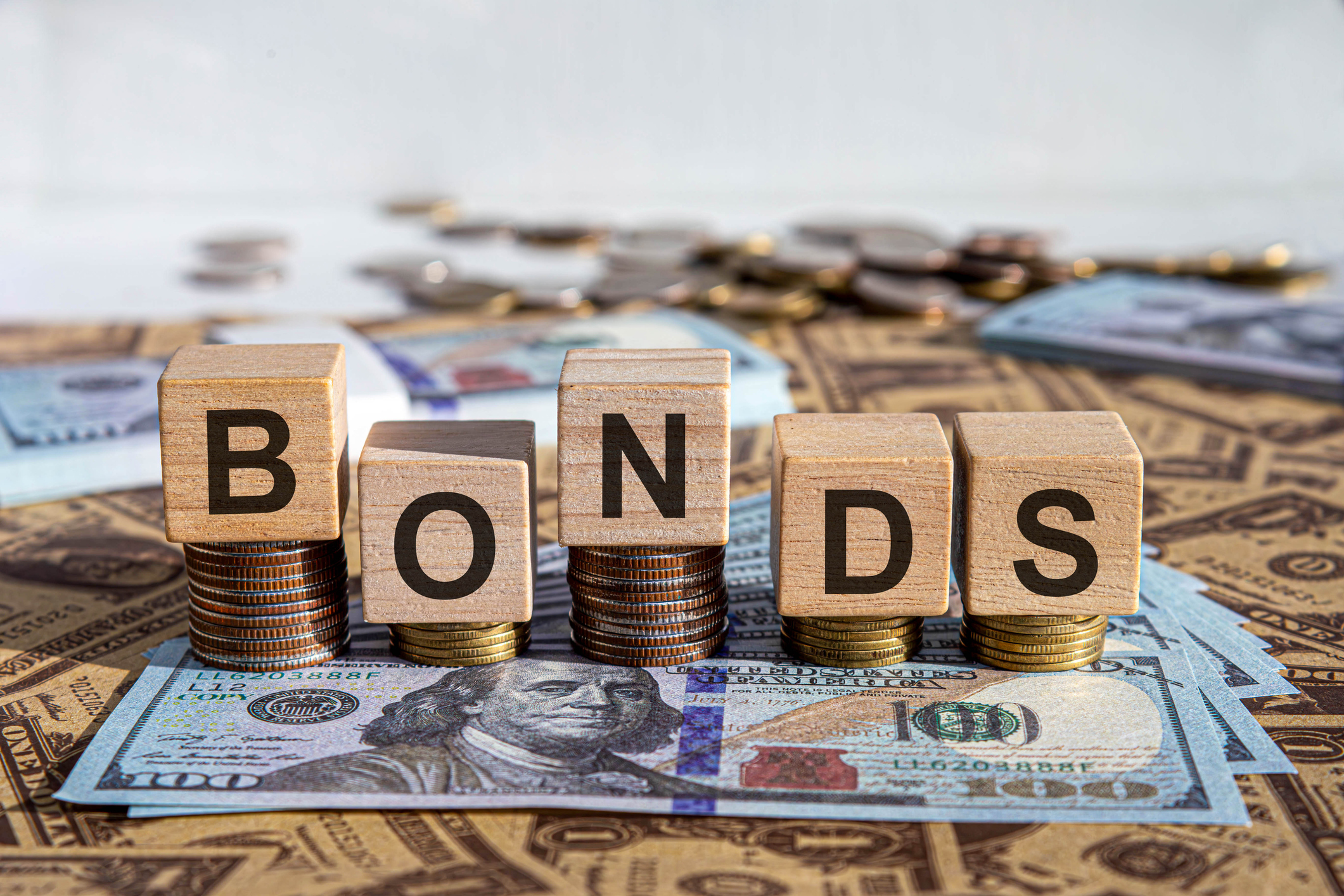 Changes Are Coming for This Invesco Bond Fund
Changes Are Coming for This Invesco Bond FundThe Invesco BulletShares 2026 Corporate Bond ETF's bonds will mature in 2026. Here's what investors should do.
-
 What Science Reveals About Money and a Happy Retirement
What Science Reveals About Money and a Happy RetirementWhether you’re still planning or already retired, these research-based insights point the way to your best post-work life.
-
 7 Retirement Planning Trends: What They Mean for You in 2026
7 Retirement Planning Trends: What They Mean for You in 2026From government shutdowns to market swings, the past 12 months have been nothing if not eventful. The key trends can help you improve your own financial plan.
-
 The Santa Claus Rally Officially Begins: Stock Market Today
The Santa Claus Rally Officially Begins: Stock Market TodayThe Santa Claus Rally is officially on as of Wednesday's closing bell, and initial returns are positive.
-
 'Humbug!' Say Consumers, Despite Hot GDP: Stock Market Today
'Humbug!' Say Consumers, Despite Hot GDP: Stock Market Today"The stock market is not the economy," they say, but both things are up. Yet one survey says people are still feeling down in the middle of this complex season.
-
 Stocks Rise to the Spirit of the Season: Stock Market Today
Stocks Rise to the Spirit of the Season: Stock Market TodayInvestors, traders and speculators are beginning to like the looks of a potential year-end rally.
-
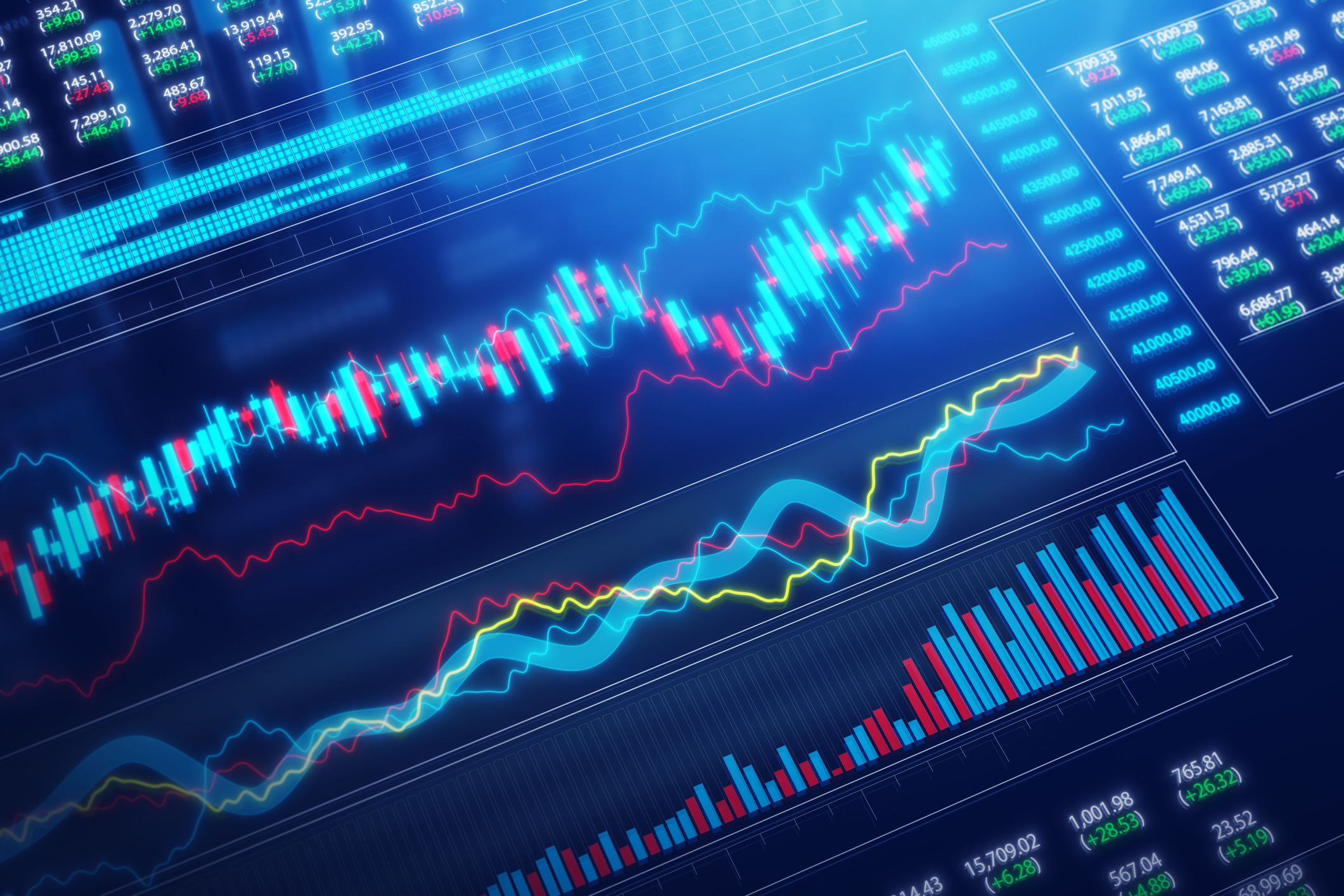 Nasdaq Leads as Tech Stages Late-Week Comeback: Stock Market Today
Nasdaq Leads as Tech Stages Late-Week Comeback: Stock Market TodayOracle stock boosted the tech sector on Friday after the company became co-owner of TikTok's U.S. operations.
-
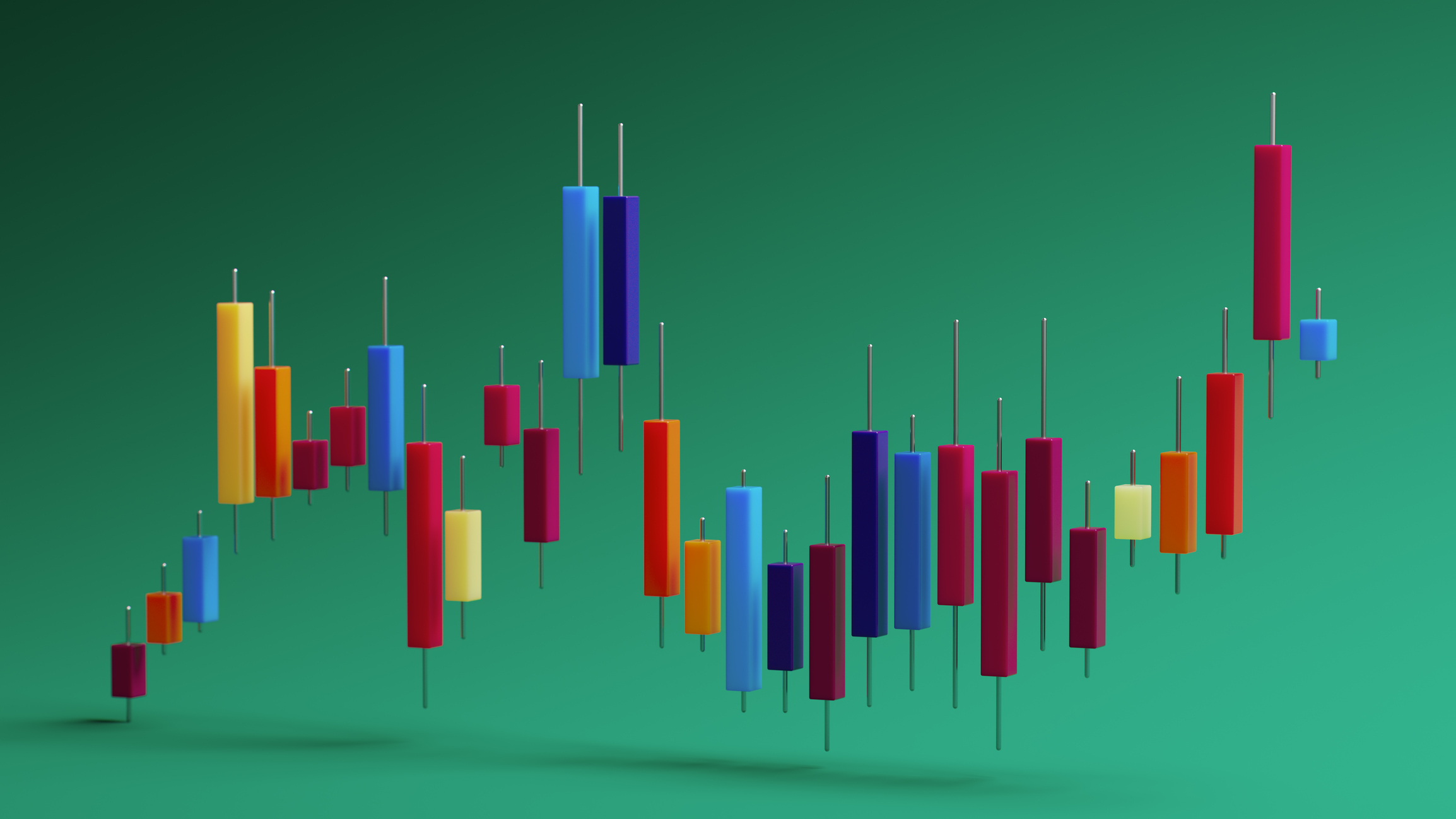 Cooler Inflation Supports a Relief Rally: Stock Market Today
Cooler Inflation Supports a Relief Rally: Stock Market TodayInvestors, traders and speculators welcome much-better-than-hoped-for core CPI data on top of optimism-renewing AI earnings.
-
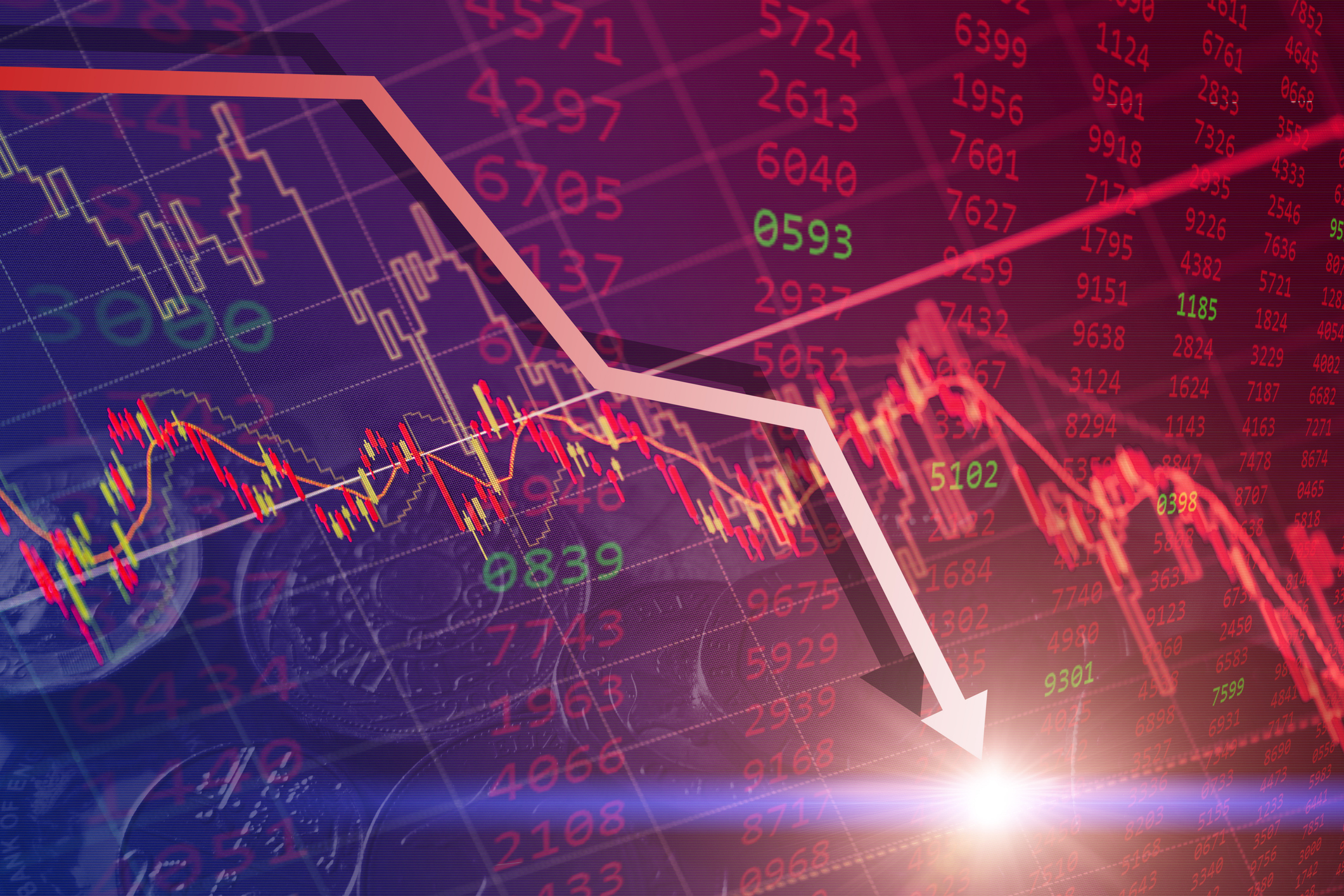 Nasdaq Sinks 418 Points as Tech Chills: Stock Market Today
Nasdaq Sinks 418 Points as Tech Chills: Stock Market TodayInvestors, traders and speculators are growing cooler to the AI revolution as winter approaches.
-
 Stocks Chop as the Unemployment Rate Jumps: Stock Market Today
Stocks Chop as the Unemployment Rate Jumps: Stock Market TodayNovember job growth was stronger than expected, but sharp losses in October and a rising unemployment rate are worrying market participants.
-
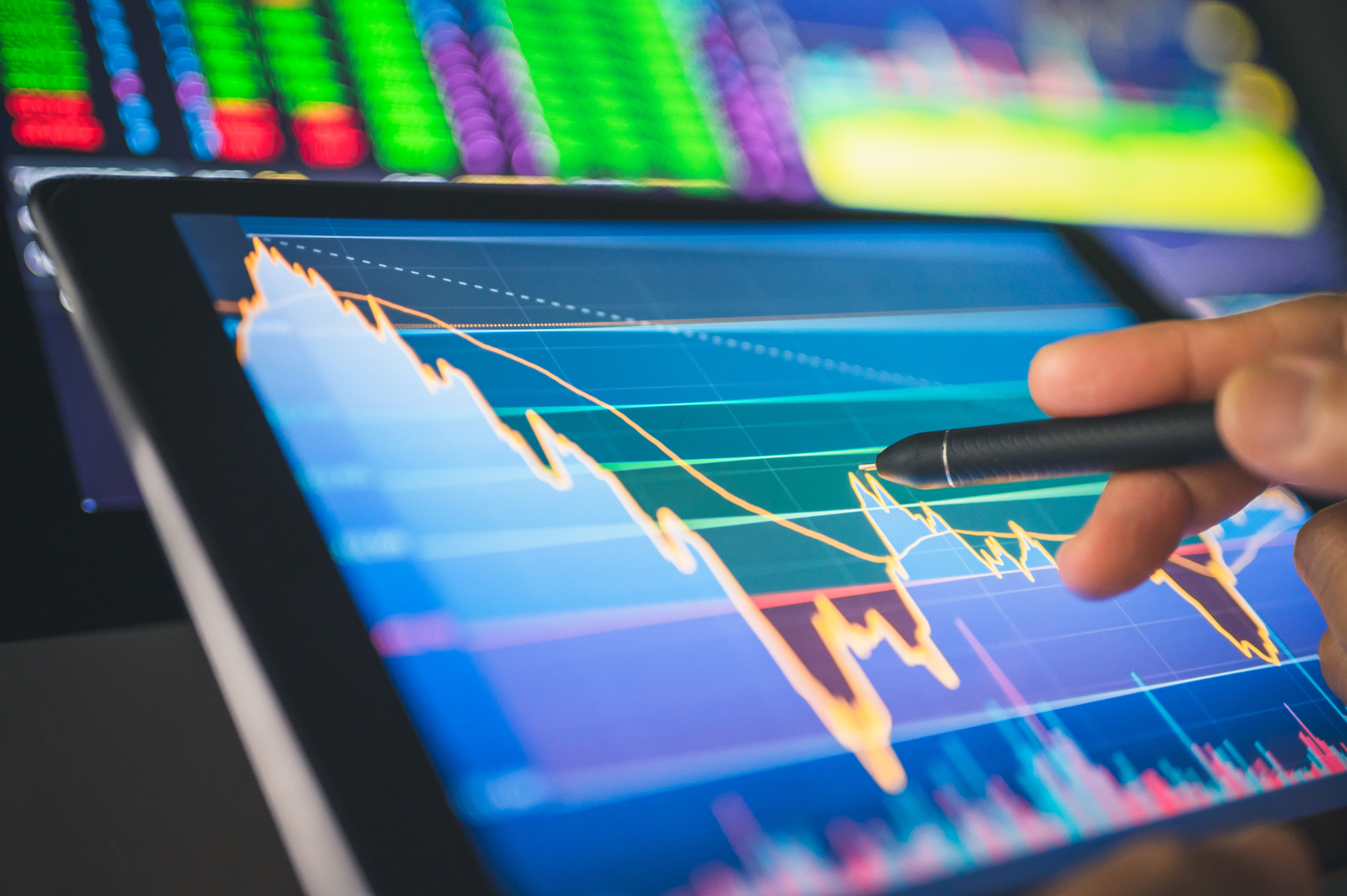 Stocks Struggle Ahead of November Jobs Report: Stock Market Today
Stocks Struggle Ahead of November Jobs Report: Stock Market TodayOracle and Broadcom continued to fall, while market participants looked ahead to Tuesday's jobs report.